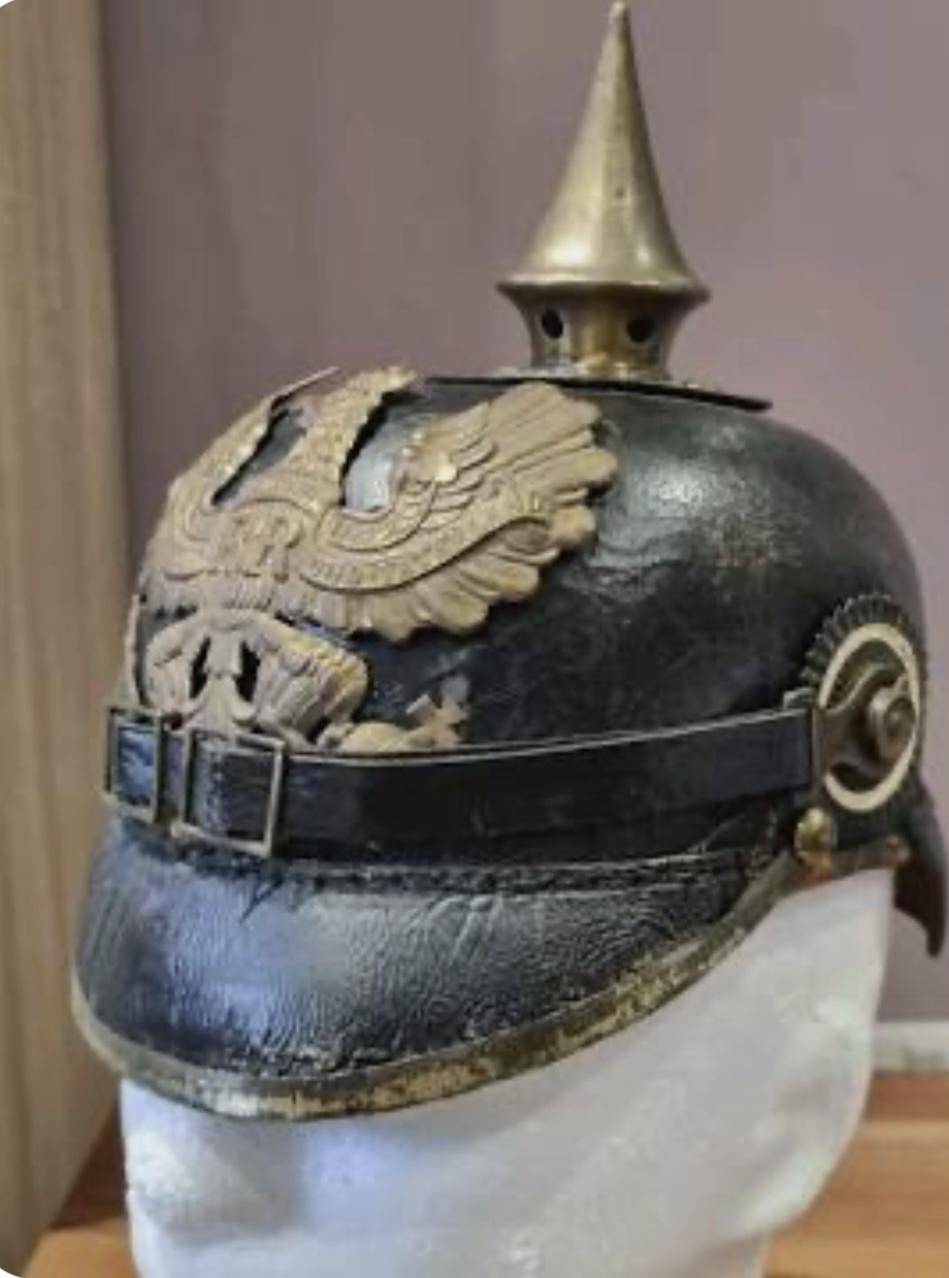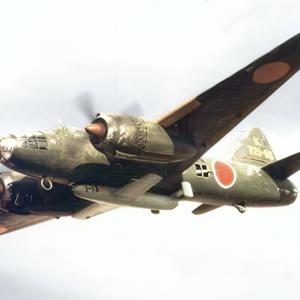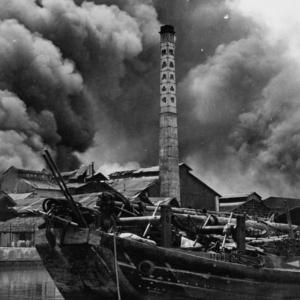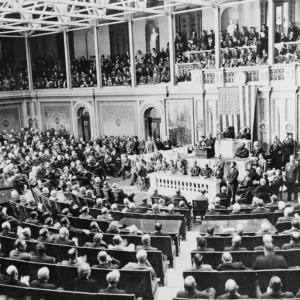
German WW1 helmet
The Pickelhaube, the iconic spiked helmet worn by German forces in the 19th and early 20th centuries, was designed by King Frederick William IV of Prussia in 1842. Originally intended to modernize and unify the appearance of the Prussian military, the helmet was inspired by similar spiked headgear used by Russian and British forces but adapted into a distinctly Prussian style. Its purpose was both functional and symbolic: it offered some protection against sword blows and represented authority and military discipline.
Early versions were made entirely of metal, but this proved too heavy and impractical, so later models used hardened leather for the main body with brass or nickel silver fittings. The helmet’s most defining feature, the spike, varied in shape and size and could be removed for parade plumes or to reduce visibility in combat. Over time, multiple models were introduced, including the M1842, M1856, M1867, M1871, M1895, and finally the M1915, which simplified construction due to wartime material shortages. During World War I, field versions of the helmet were often made from felt, tin, or pressed fiber. As trench warfare made the Pickelhaube increasingly impractical, it was gradually replaced by the Stahlhelm starting in 1916.
The Pickelhaube was manufactured by state-run clothing depots and private military suppliers. Helmets were often stamped with depot approval marks, date of issue, and regimental unit numbers. Officers typically purchased their own helmets, which were of higher quality and often featured private tailoring. These helmets had additional decorative elements like pearl rings at the base of the spike and more detailed eagle front plates. The use of metallic chinscales instead of leather straps also helped distinguish officer helmets from enlisted versions.
The helmet was worn by nearly all branches of the Imperial German military in the early stages of World War I, including infantry, artillery, cavalry, engineers, guards, and special units. Each state in the German Empire—such as Prussia, Bavaria, Saxony, and Württemberg—had its own version of the Pickelhaube, identifiable by differences in the front plate (known as the Wappen), cockade colors, and sometimes the spike design. For example, artillery units used a ball-shaped finial instead of a spike to prevent interference with equipment. Cavalry regiments had larger helmets with extended rear visors and occasionally featured cruciform spike bases.
Enlisted ranks wore standard-issue leather helmets with flat metal or leather chinstraps. Non-commissioned officers could wear either issue helmets or privately purchased ones, depending on their position and income. Officer cadets and junior officers often upgraded their helmets to officer pattern versions. Cockade colors also signified rank and allegiance: the right side bore the national cockade of the German Empire (black, white, red), while the left side showed the state cockade (such as black and white for Prussia or blue and white for Bavaria). Helmets were often covered in a cloth “Überzug” to reduce shine and help with camouflage on the battlefield.
Although the Pickelhaube remained in ceremonial use and as a symbol of tradition, its functional military role ended during World War I due to its ineffectiveness against shrapnel and the demands of modern warfare. It remains one of the most recognizable symbols of Imperial Germany and is a prominent artifact in military collections and museums around the world.










